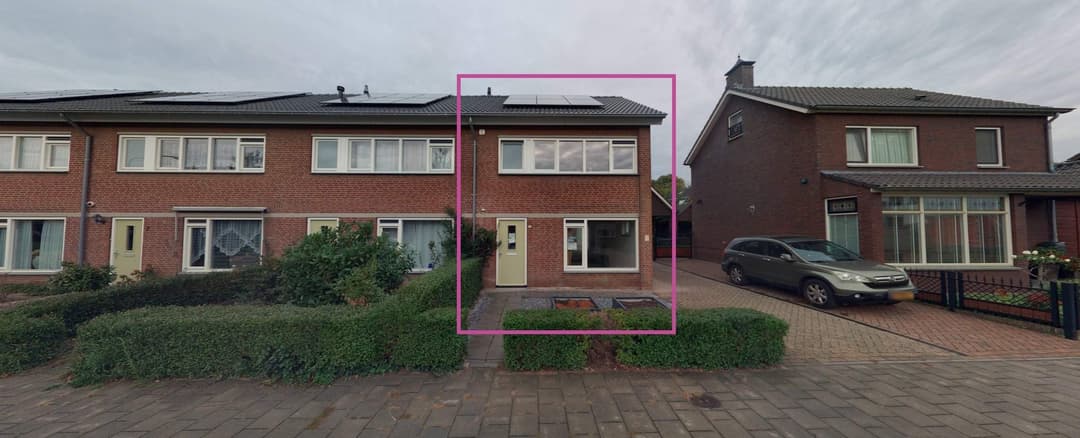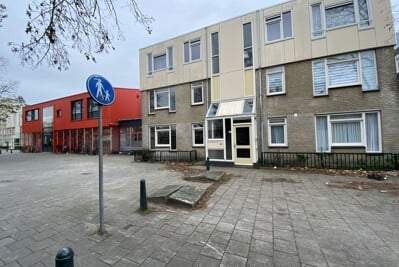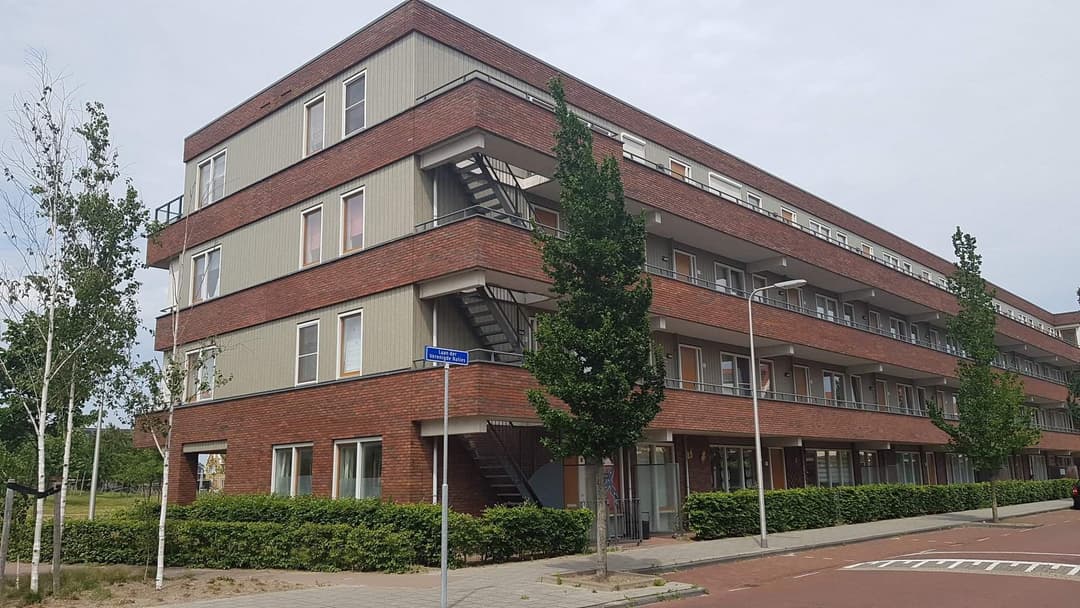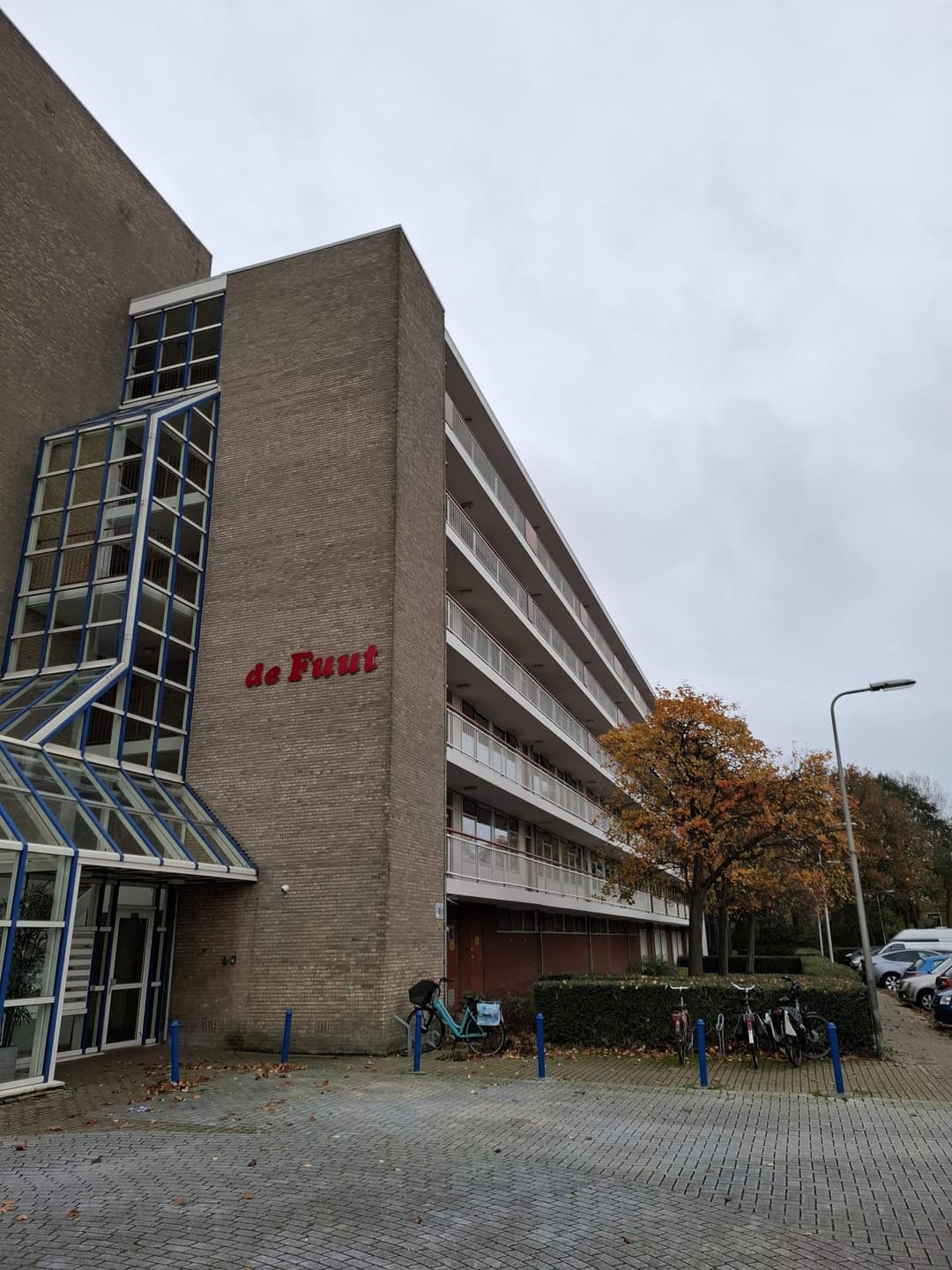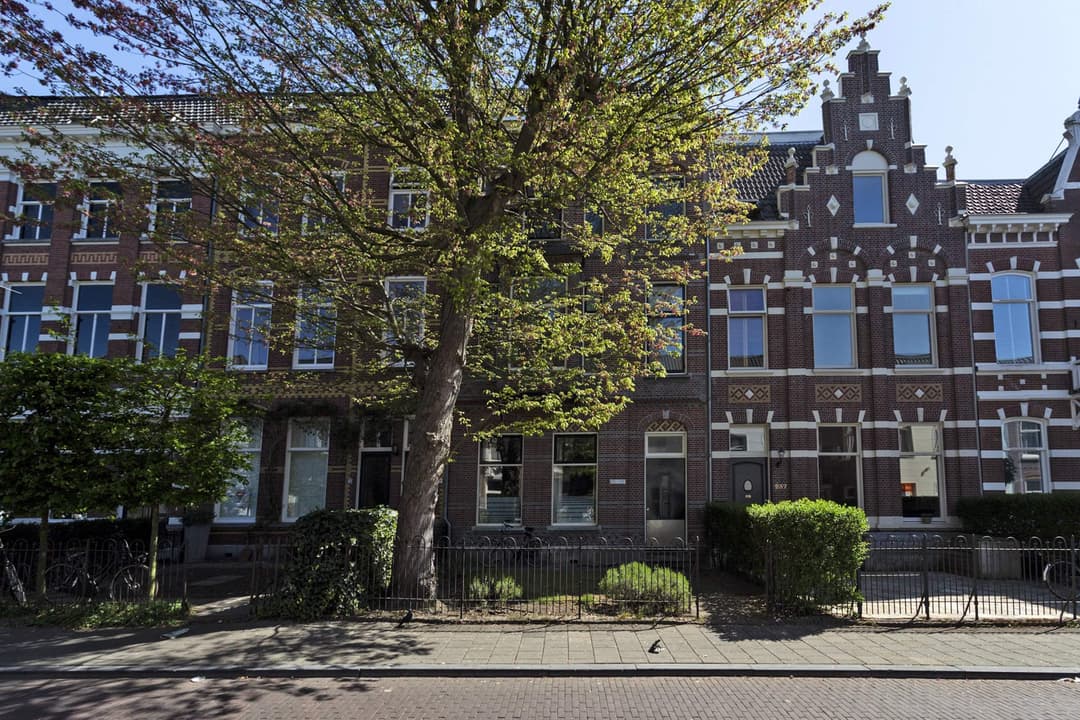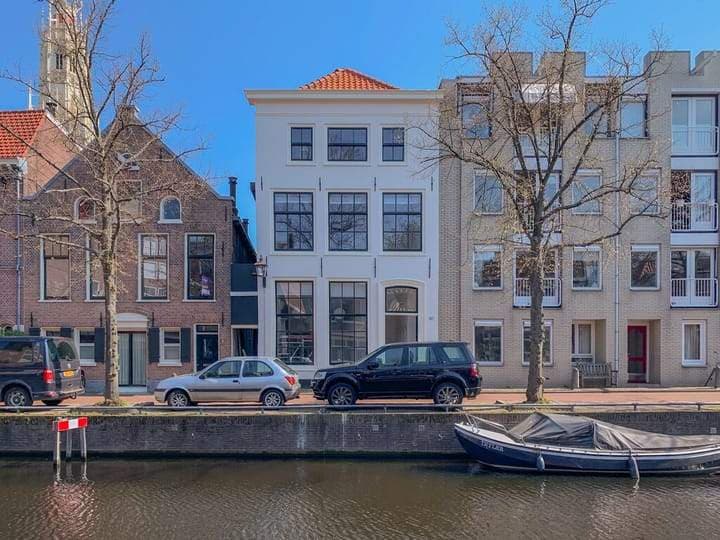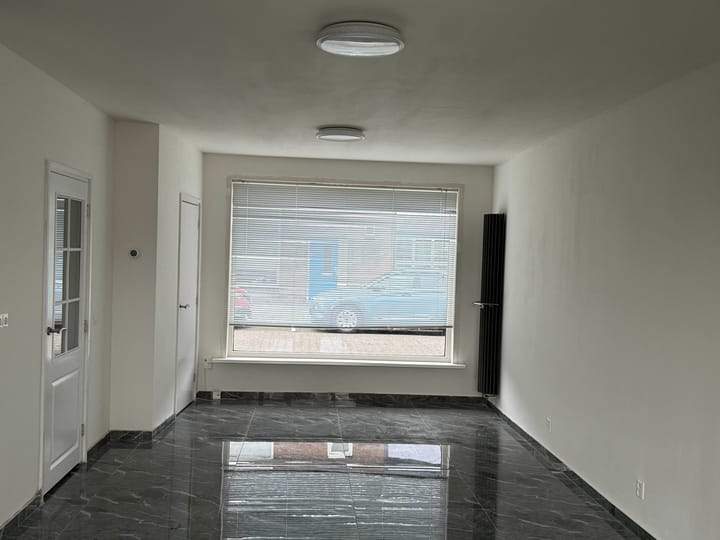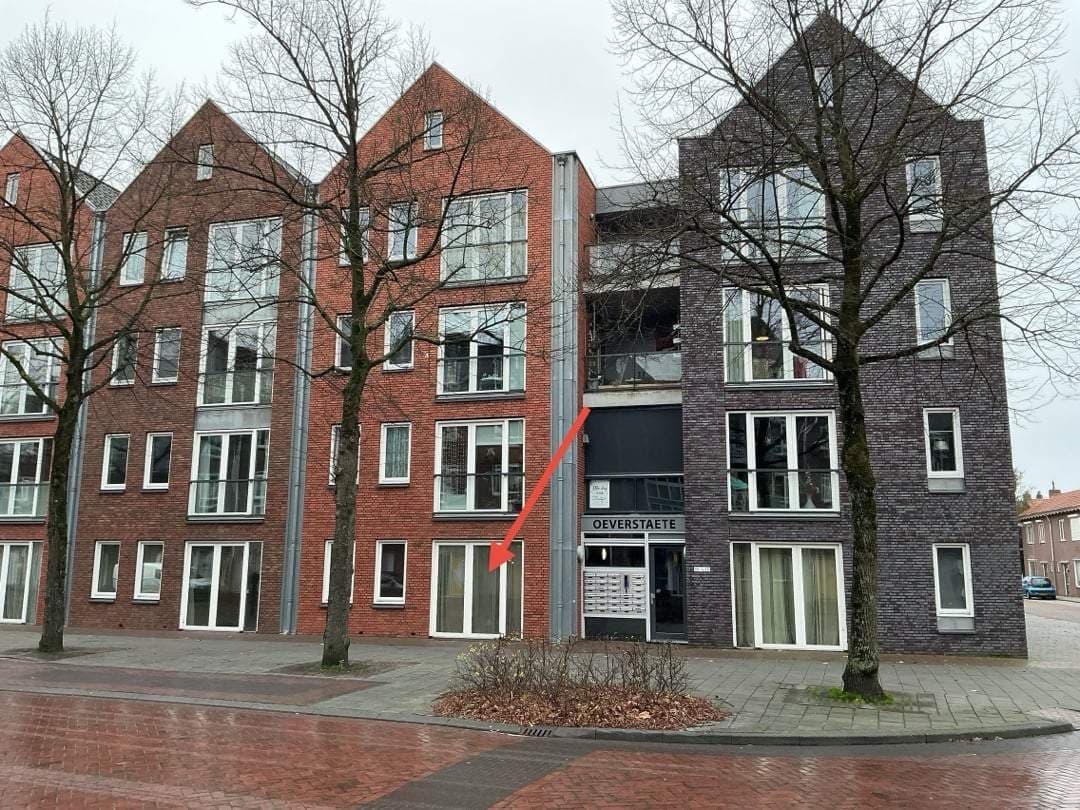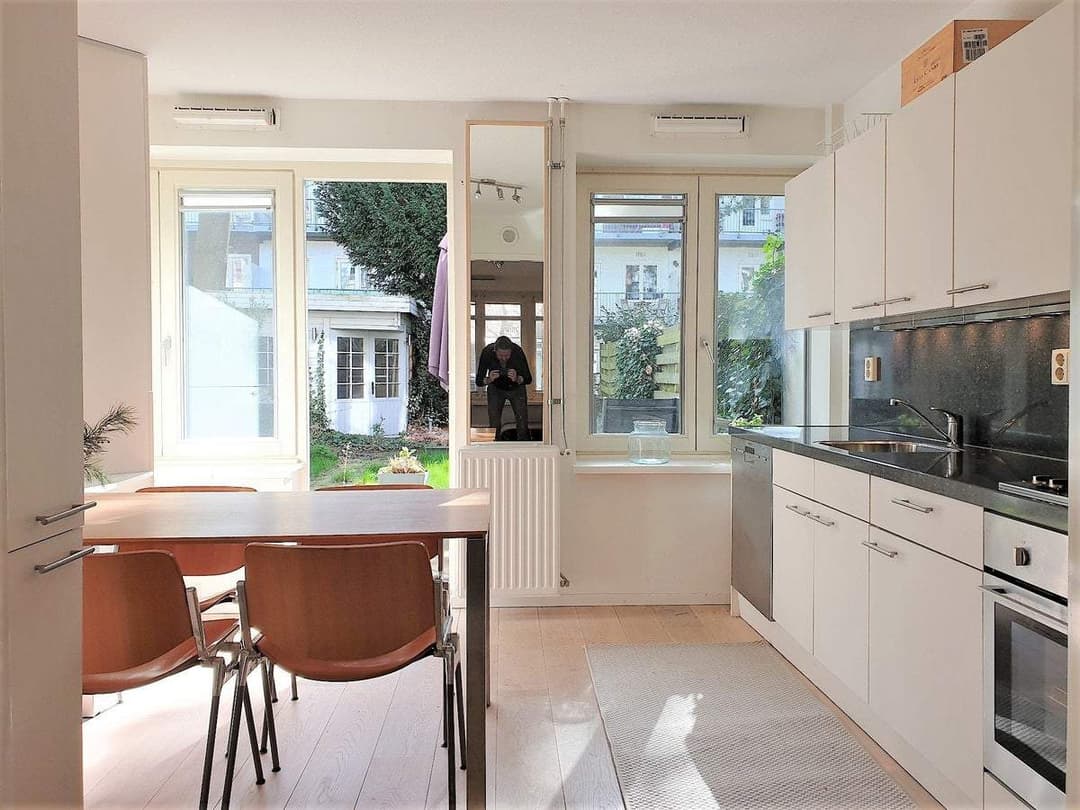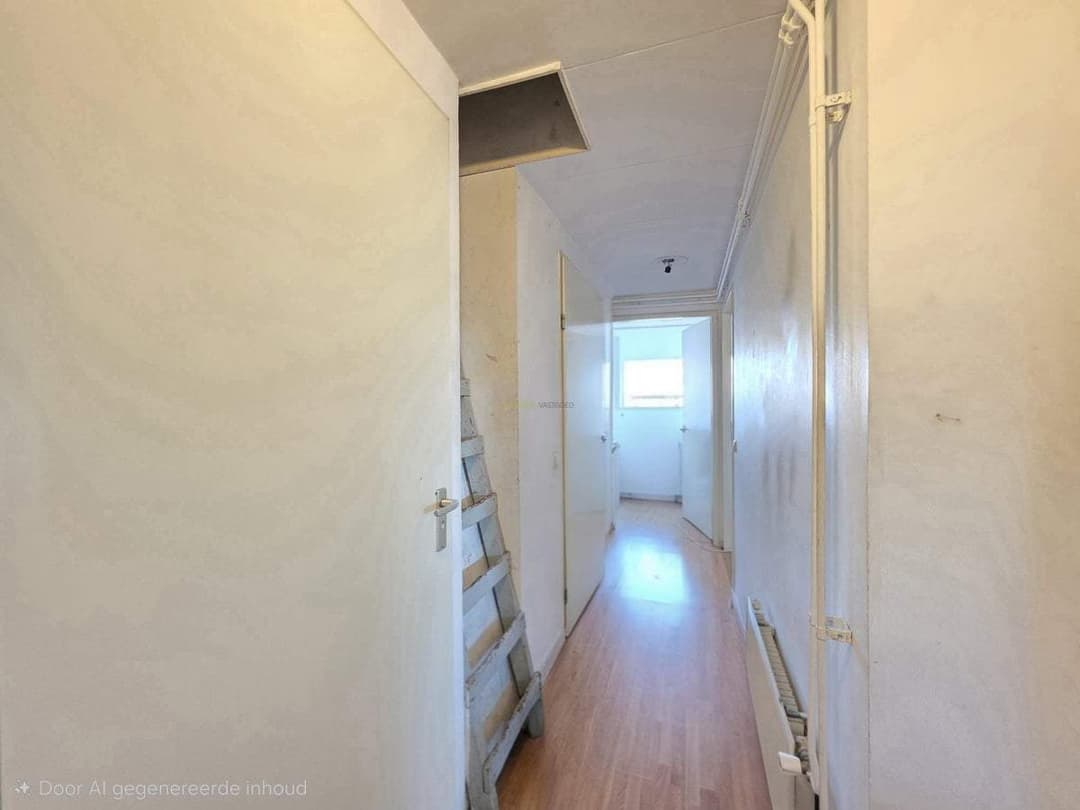Fine Particulate Matter ≤2.5 µm (PM2.5) - Luntero
PM2.5 particles are ultra-fine pollutants capable of penetrating deep into the lungs and even entering the bloodstream. They result mainly from combustion processes such as vehicle engines, wood burning, and industrial emissions, as well as secondary chemical reactions in the atmosphere. Because of their microscopic size, PM2.5 particles pose serious long-term health risks and are a major contributor to global air pollution–related diseases. Monitoring PM2.5 levels helps guide policies and daily behaviors that reduce harmful exposure and improve air quality.
Where does PM2.5 come from?
Fine particulate matter (PM2.5) originates from combustion in vehicles, wood stoves, and industrial facilities, as well as from chemical reactions involving precursor gases such as nitrogen oxides and sulfur dioxide. It can travel hundreds of kilometers, meaning local air quality is affected by both nearby and regional emissions. Because PM2.5 is mostly invisible and persistent, reducing its sources requires coordinated efforts across multiple sectors and borders.
- Shortness of breath
- Asthma and COPD aggravation
- Chest tightness
- Elevated cardiovascular risk
- Increased hospital admissions
- Regional haze
- Visibility reduction
- Radiative forcing effects
- Cloud and precipitation changes
- Ecosystem deposition
Cities Monitoring PM2.5 Levels
Discover which Dutch cities actively monitor PM2.5 through official air quality stations. Each location provides real-time data that helps track pollution trends, identify hotspots, and improve public awareness. Click a city below to explore detailed measurements and see how air quality compares across the country.
Explore Other Air Quality Components
Air quality is influenced by more than just this pollutant. Explore other key components such as particulate matter (PM10 and PM2.5), ozone (O₃), nitrogen dioxide (NO₂), and the overall Dutch Air Quality Index (LKI). Each pollutant plays a different role — from traffic emissions to sunlight-driven reactions — shaping how clean the air feels and how it impacts health and the environment. Discover how these components interact and learn which pollutants matter most in your area.
Dutch and EU Air Quality Context
All air quality information on Luntero comes from Luchtmeetnet, the official Dutch air monitoring network operated under national and EU standards. This ensures that every measurement—whether for NO₂, PM, O₃, or the LKI index—is consistent, transparent, and comparable across the Netherlands and other European countries.
View Luchtmeetnet data sourceNewest Properties in the Netherlands
Explore the latest properties added to Luntero. Find new apartments, houses, and studios across the Netherlands — updated daily to help you discover your next home faster.
Quick links

LUNTERO
Find your way home in the Netherlands with 20,000+ rental listings at your fingertips!
Check out our other helpful apps:
Dutch rentals and housing platform
Netherlands rental guides
Dutch renting handbooks and checklists
Netherlands rental market data
Netherlands housing resources
Popular rental searches in the Netherlands


© 2025 Luntero. All rights reserved.





